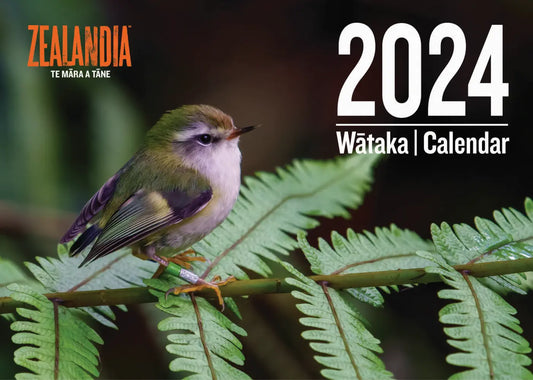
A Real Kiwi Joker
Share
This fella cracks me up! I can just imagine him out for a moonlit stroll chortling away to himself. I don't know what the joke is, but it's a good one. Listen out, if you're in kiwi territory, for their distinctive snuffling and snorting as they go about their business.
It's not easy to get good kiwi pukupuku (little-spotted kiwi) photos - they are nocturnal after all. But I was fortunate to get the opportunity to photograph this chap during the day as he foraged for grass grubs. Conservation staff thought he was likely in a territory dispute, so rather than take on his foe, he decided to take the peaceful option and forage in the daytime instead. It was such a rare opportunity that I shot a couple of thousand photos! And I couldn't resist reimagining him in a more familiar night-time scene. This photo-artistic piece is now available as fine-art prints in four sizes.

A more-typical night-time photo of a kiwi
More typically, photo opportunities are at night and lit by red torchlight (converting to black and white is the only option). Shutter-speeds are slow and ISO is high, making for a grainy photo with motion blur. Despite these limitations, I do love the above photo with the oversized shadow in the iconic kiwi shape.
I've been fortunate to be involved with some of the kiwi research at Zealandia EcoSanctuary, helping out Andrew Digby (before he became a kākāpō and takahē guru) and Helen Taylor. I never did get to see a kiwi chick, but I did get to see many adults. A highlight was watching a fight late one night, with the two kiwi "beak-fighting" like their beaks were rapiers.
We (literally!) dug kiwi out of their burrows during the day for health checks. This provided some unique opportunities to get close-up photos of their tiny wings and their huge eggs.
We (literally!) dug kiwi out of their burrows during the day for health checks. This provided some unique opportunities to get close-up photos of their tiny wings and their huge eggs.

A vestigial kiwi pukupuku wing

A huge kiwi pukupuku egg
Helen's research suggests that all is not well for kiwi pukupuku. Despite their breeding success at Zealandia, Kāpiti, and other places around New Zealand, they are descended from only a handful of birds. This genetic bottlenecking decreases the fertility of each generation and lowers their genetic diversity. Helen's research has been instrumental in helping conservation organizations get a handle on how many individuals are needed to successfully translocate a species to a new home - typically many more than once thought.
If you found this page because you're after kiwi photos, I've donated a number to Wikimedia Commons with a CC-BY-4.0 licence which means they're free to use with attribution. Links to my fine-art prints featuring the kiwi are below, with sales supporting conservation at Zealandia.




1 comment
Tau kē art!
I really do like and laugh at the GSOH portrayed in your art, especially ’ A Real Kiwi Joker ’!! :O)
Kia ora when the weather is about to ’turn to custard ’ …yet again! : O {
Mauri ora,
Rosemary